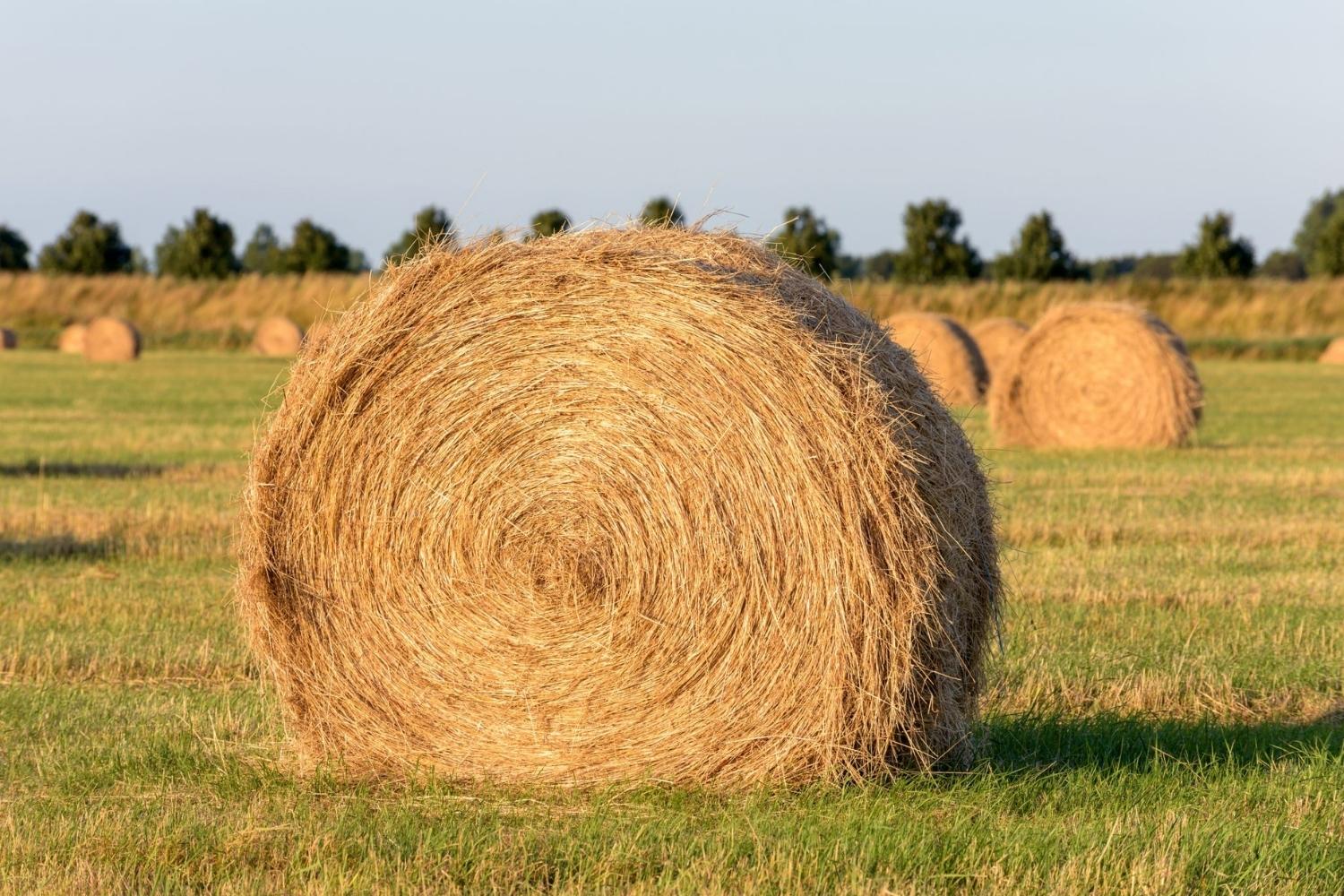
Forage fish might not be the stars of the ocean, but they play a crucial role in marine ecosystems. These small, schooling fish are the primary food source for many larger predators, including birds, mammals, and bigger fish. Without them, the balance of ocean life would crumble. But what exactly are forage fish? Forage fish are typically small, silvery fish like anchovies, sardines, and herring. They feed on plankton and, in turn, become prey for larger species. Their importance extends beyond the ocean, impacting human industries such as fishing and aquaculture. Understanding these fish helps us appreciate their role in maintaining healthy oceans and sustainable fisheries. Dive into these 32 fascinating facts about forage fish to learn more about these unsung heroes of the sea!
What is Forage?
Forage refers to plant material, mainly leaves and stems, consumed by grazing livestock. It's a crucial part of agriculture, providing essential nutrients to animals. Let's dive into some fascinating facts about forage.
-
Forage includes grasses, legumes, and other herbaceous plants that animals eat.
-
Alfalfa is one of the most common forage crops, known for its high protein content.
-
Forage crops can be grown in various climates, from tropical to temperate regions.
-
These crops help maintain soil health by preventing erosion and improving soil structure.
-
Forage plants can be harvested and stored as hay or silage for use during winter or dry seasons.
Types of Forage
Different types of forage plants offer various benefits to livestock and the environment. Here are some key types:
-
Grasses like ryegrass and Bermuda grass are popular forage options due to their high yield and palatability.
-
Legumes, such as clover and alfalfa, fix nitrogen in the soil, reducing the need for synthetic fertilizers.
-
Forbs, broad-leaved plants like chicory and plantain, provide diverse nutrients and improve pasture biodiversity.
-
Shrubs and trees, like willow and poplar, can also serve as forage, especially in agroforestry systems.
-
Cover crops, such as radishes and turnips, can be used as forage while protecting and enriching the soil.
Nutritional Value of Forage
Forage provides essential nutrients that support animal health and productivity. Here are some nutritional facts:
-
Forage is rich in fiber, which aids in digestion and prevents digestive disorders in livestock.
-
It contains essential vitamins and minerals, such as calcium, phosphorus, and magnesium.
-
High-quality forage can provide up to 70% of the protein requirements for ruminants like cows and sheep.
-
The energy content of forage varies depending on the plant species and maturity at harvest.
-
Fresh forage typically has higher moisture content, which helps keep animals hydrated.
Forage Management Practices
Effective forage management ensures a sustainable and productive pasture. Here are some practices:
-
Rotational grazing involves moving livestock between pastures to allow forage plants to recover and regrow.
-
Soil testing helps determine nutrient deficiencies and guide fertilization practices for optimal forage growth.
-
Overgrazing can damage forage plants and reduce pasture productivity, so it's essential to manage stocking rates.
-
Irrigation can be used to maintain forage growth during dry periods, ensuring a consistent feed supply.
-
Weed control is crucial to prevent competition with forage plants and maintain pasture quality.
Environmental Benefits of Forage
Forage crops offer numerous environmental benefits beyond feeding livestock. Here are some examples:
-
Forage plants help sequester carbon in the soil, mitigating climate change.
-
They provide habitat and food for wildlife, promoting biodiversity.
-
Forage crops can improve water infiltration and reduce runoff, protecting water quality.
-
They help prevent soil erosion by stabilizing the soil with their root systems.
-
Forage plants can be part of sustainable farming systems, reducing the need for chemical inputs.
Forage in Different Regions
Forage crops vary across regions due to climate and soil conditions. Here are some regional facts:
-
In North America, alfalfa and clover are common forage crops due to their adaptability and high nutritional value.
-
In Europe, ryegrass and white clover are widely used in pastures for their productivity and resilience.
-
In Africa, Napier grass and fodder trees like Leucaena are popular forage options for smallholder farmers.
-
In Asia, rice straw and other crop residues are often used as forage, especially in mixed farming systems.
-
In Australia, native grasses and legumes are increasingly used in pastures to promote sustainability and resilience.
Future of Forage
The future of forage involves innovation and adaptation to changing conditions. Here are some trends:
-
Researchers are developing new forage varieties with improved drought tolerance and nutritional content.
-
Precision agriculture technologies, such as drones and sensors, are being used to monitor and manage forage crops more efficiently.
The Final Word on Foraging
Foraging isn't just a way to find free food; it's a connection to nature and our ancestors. By learning to identify edible plants, mushrooms, and other wild foods, you gain a deeper appreciation for the environment. Plus, it's a fun and rewarding hobby that can provide fresh, nutritious ingredients for your meals.
Remember to forage responsibly. Always respect nature, avoid overharvesting, and make sure you're not picking endangered species. If you're unsure about a plant, don't eat it. Safety first!
Foraging can also be a great way to spend time outdoors with family and friends. It's educational, healthy, and can even save you some money on groceries. So grab a basket, a good field guide, and start exploring the wild foods around you. Happy foraging!
Was this page helpful?
Our commitment to delivering trustworthy and engaging content is at the heart of what we do. Each fact on our site is contributed by real users like you, bringing a wealth of diverse insights and information. To ensure the highest standards of accuracy and reliability, our dedicated editors meticulously review each submission. This process guarantees that the facts we share are not only fascinating but also credible. Trust in our commitment to quality and authenticity as you explore and learn with us.
